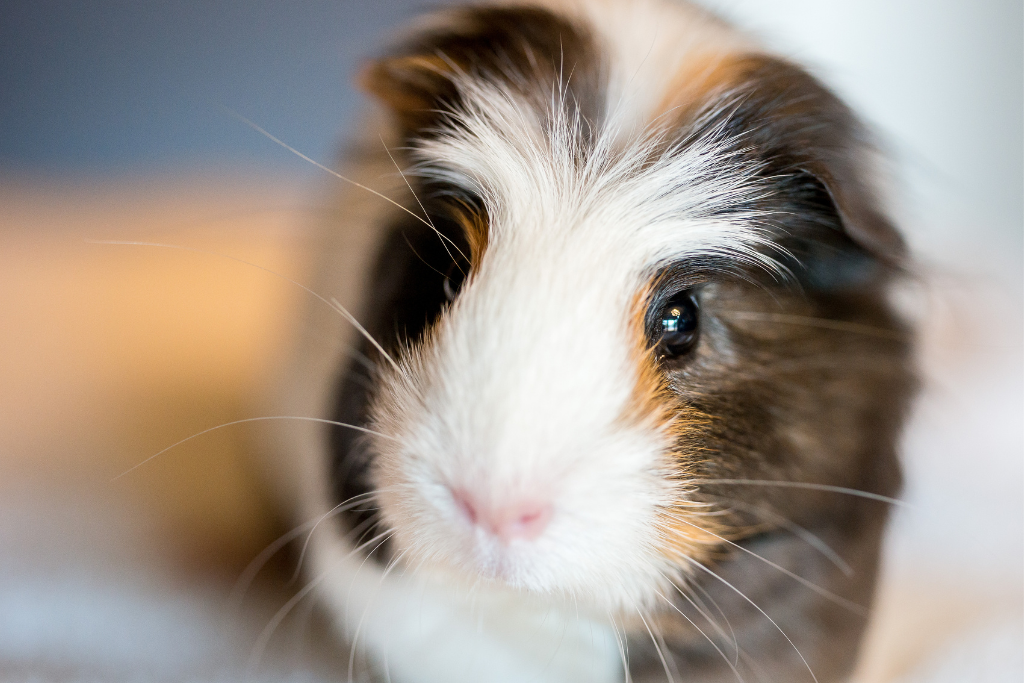
Why Guinea Pigs Need Vitamin C
12 April 2024 +Guinea pigs are wonderful pets that are a joy to observe and interact with, and they have something in common with us humans that no ...

Not ready to give up gardening for the season? Start your own indoor herb garden! A herb garden will ensure you always have fresh herbs on hand. It’s as simple as understanding the plant’s requirements and making sure to give them what they need. Check out our step-by-step guide to learn how to grow your own indoor herb garden successfully!
Pick the Right Plants
Most herbs can be grown indoors, but ones that tend to thrive the most inside include basil, chives, mint, oregano, parsley, rosemary and thyme. First-time herb growers should select three to five herbs to keep the garden manageable. You can start herbs from seeds or cutting, but you may find it much easier and faster to start with seedlings. The best herbs for you will depend on the ones you plan to use while cooking.
Select a Container with Drainage
You can plant herbs in just about any container as long as it has some drainage. You should also have something underneath your pot, like a saucer or round plastic protector.
Choose a Sunny Spot
Most herbs prefer a lot of sunlight. You’ll want to give your indoor herb garden at least six hours of sun daily to thrive. It is best to place your herbs as close to your brightest windows as possible. Growth in the winter season can be slower as there isn’t as much natural light. You can invest in a grow light or LED light to help ensure your plants get enough light.
Herbs grown in strong, bright light will have the best flavour! A bright, sunny window or sunroom is the ideal location for growing herbs indoors.
Water – But Not Too Much
Keep the soil moist but not waterlogged to ensure your plants grow successfully. A small watering can, or a drizzle under the sink will do the job. If you notice the leaves of your plants turning yellow or wilting, scale back the water amount. Pour out any excess water that collects in the tray or saucer they’re sitting in.
Harvest a Little at a Time
Pinch off a few leaves with your fingers. Regular cutbacks encourage new growth. Be careful not to remove more than a quarter of the plant at a time, as this can cause distress to your herbs.
Transplant When Ready
If you see roots coming out of the drainage holes, growth seems to have stalled, or the plant starts to flop over, it’s time to transplant to give your plants more space to grow.
Visit your local Feeds’n Needs to stock up on your herb seeds and gardening necessities and get to planting! You’ll have fresh and delicious herbs at your fingertips in no time!
Sources:
10 Important Tips to Create your own Indoor Herb Garden (howtoculinaryherbgarden.com)
How to Plant an Indoor Herb Garden (eatingwell.com)

Store Manager, Antigonish NS